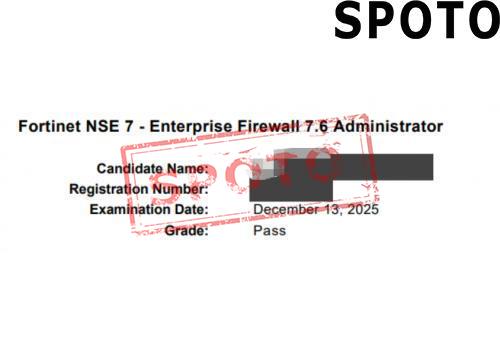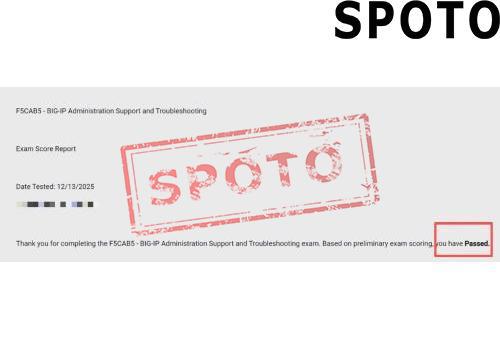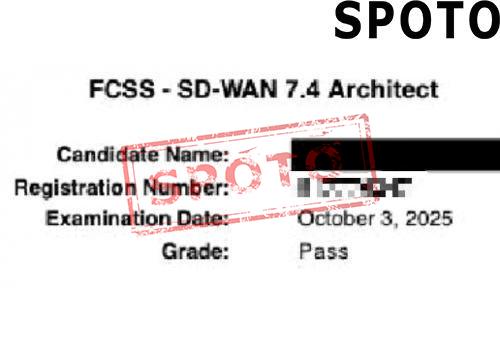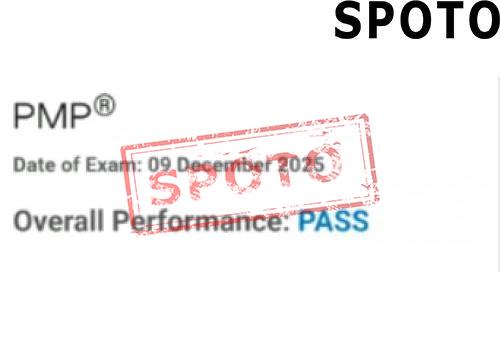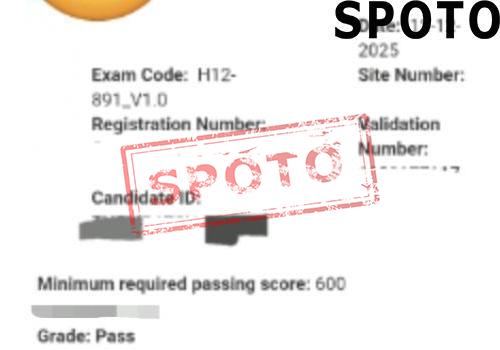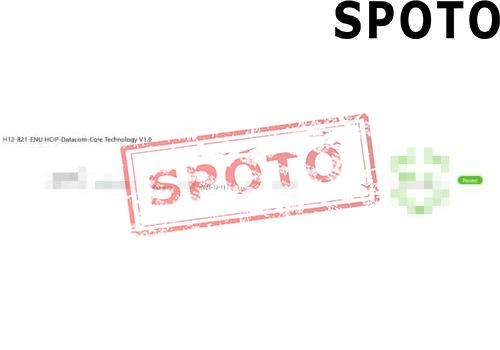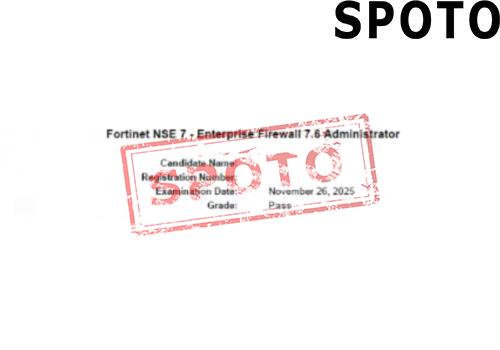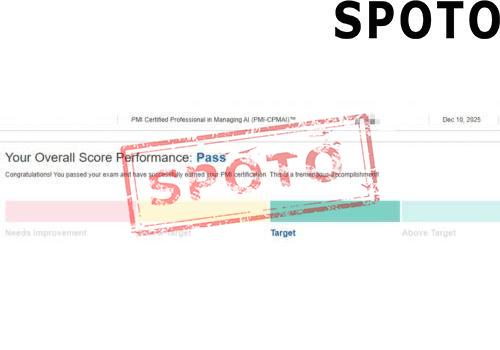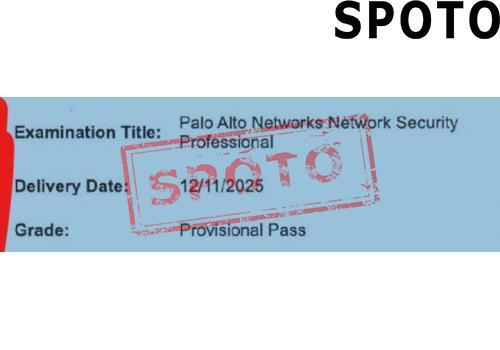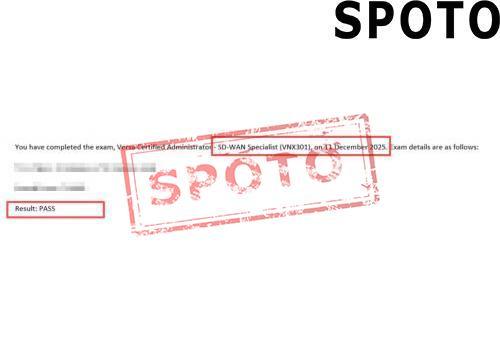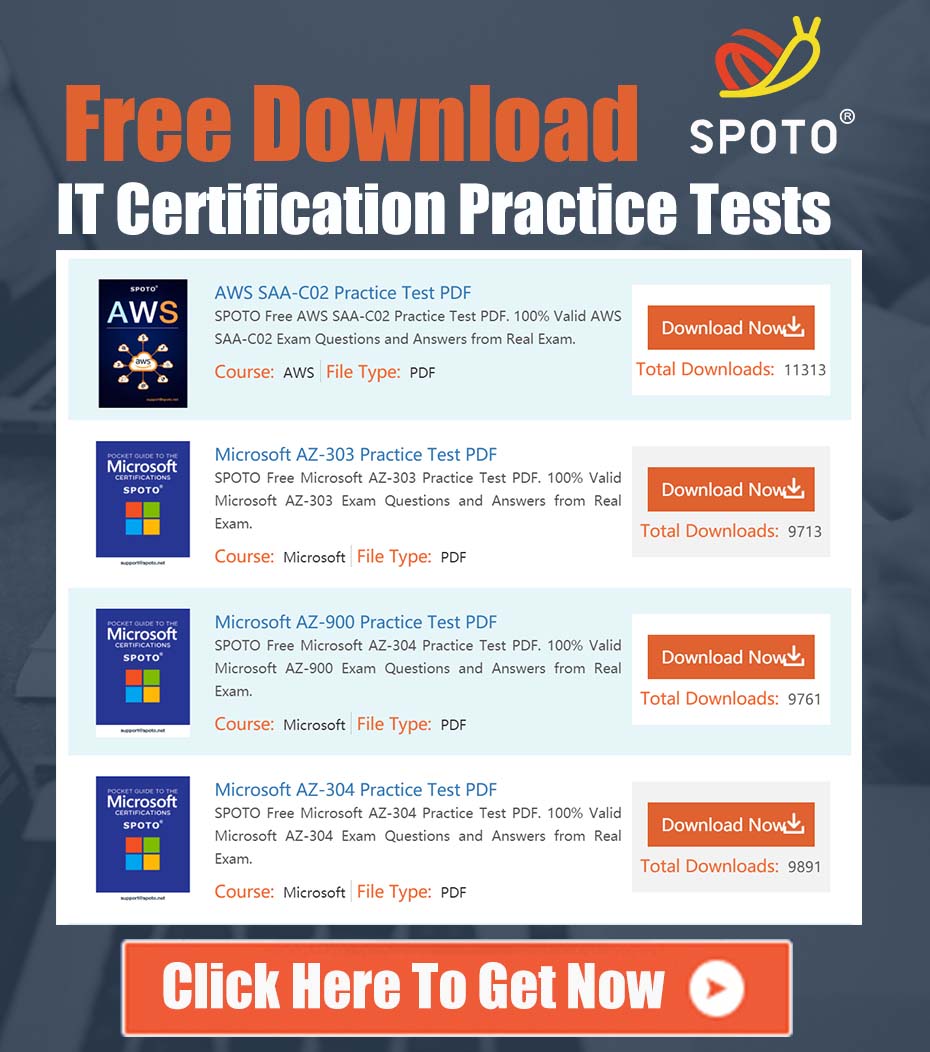
Table of Contents
Explore the CRISC Certification: This definitive guide covers risk management credentials for IT governance professionals. You'll learn what the CRISC is, explore its key details, and discover the eligibility requirements. By the end, you'll have gained an in-depth understanding of this valuable credential.
1. What is the CRISC Certification?
Administered by ISACA, the Certified in Risk and Information Systems Control (CRISC) credential is a globally recognized standard for IT risk management professionals. It validates expertise in identifying, assessing, controlling, and monitoring enterprise technology risks within governance frameworks. It aims to prove that the holder has the professional ability to manage information system-related risks and design effective control measures. It is a core qualification in the field of global risk management and IT control.
CRISC is a certification designed specifically for "risk management in the context of IT and business integration." It emphasizes combining IT risks with corporate business goals and reducing the impact of risks on the business through systematic control measures. CRISC is one of the most recognized certifications in the field of IT risk management worldwide. It is widely recognized by leading companies in the financial, medical, and technology industries. It proves that the holder has the full process capabilities from "risk identification" to "control implementation," can effectively connect business needs with IT control strategies, and is an important screening criterion for companies to recruit risk management managers, IT internal control experts, compliance managers and other positions.
2. Key Benefits of CRISC Certification
Certified in Risk and Information Systems Control (CRISC) is listed as a "priority qualification" for risk management positions by well-known global companies such as JPMorgan Chase, PwC, IBM, and regulatory agencies such as the US SEC and the European Financial Supervisory Authority. Especially in the financial industry, CRISC is an "implicit requirement" for many internal control and compliance positions. It can also be said that CRISC certification directly matches high-value and high-demand risk management positions in enterprises, and is a "hard currency" for career advancement.
According to the ISACA Global Salary Survey, the average annual salary of CRISC certificate holders is $115,000, which is 22% higher than that of non-certified risk management practitioners; in order to attract and retain CRISC talents, companies often provide additional benefits, such as certification fee reimbursement, CPE credit subsidies, priority promotion opportunities, and practitioners with CRISC certificates have significantly higher professional bargaining power than non-certified practitioners.
The core advantage of CRISC is to break the pain point of "disconnection between technology and business" and cultivate compound talents who "understand both IT risks and business goals." The certification emphasizes "the impact of risks on business" rather than simple technical details, so that practitioners can formulate risk strategies from a business perspective and avoid the misunderstanding of "control for the sake of control." This "cross-border ability" makes CRISC certificate holders a key link between IT departments, business departments, and audit departments in enterprises.
Practitioners need to The IT team explains the business's tolerance for risk, explains the necessity of technical control to the business team, and reports to the management on the balance between risk and business goals.
For practitioners who want to transition from technical positions to management positions, CRISC is an important springboard to break through the "technical island" and enter middle and senior management. It is especially suitable for practitioners who want to enter middle and senior management of enterprises because it can connect IT technology with business strategy and fill the gap.
3. CRISC Credential Overview
The CRISC exam comprises 150 multiple-choice questions to be completed within 4 hours, scored on a scale of 200-800 points where 700 or higher is required to pass. Candidates must demonstrate ≥3 years of full-time professional experience across at least two CRISC domains (Risk Identification, Assessment, Response, Monitoring). Experience may be accrued ±5 years relative to the exam date. Certification validity is 3 years, contingent upon:Annual maintenance fees ($85 ISACA members / $145 non-members).Completion of 120 CPE credits per renewal cycle.
4. Core Competencies Validated by CRISC
CRISC certification is based on the four knowledge domains defined by ISACA, covering the entire life cycle of IT risk management. Practitioners need to identify and assess risks, identify IT-related risks such as system vulnerabilities and data leakage, and associate them with business goals; use risk analysis methods to quantitatively analyze and calculate expected losses; and respond to and control risks according to risk priorities, such as transferring data leakage risks through insurance, mitigating data leakage risks through encryption, designing control measures, and regularly evaluating control effectiveness.
Establishing a risk monitoring mechanism, writing and delivering risk reports, adjusting risk strategies based on monitoring data, continuously improving risks and controls, ensuring that IT controls meet regulatory requirements, and monitoring compliance of procedures are also capabilities that CRISC certification holders should have.
In addition, information system control and governance, the application of IT governance frameworks in risk control, the design and implementation of control frameworks, management of the life cycle management of management information systems, management of stakeholder management, and coordination of collaboration between business, IT, audit and other departments in risk management are also capabilities that they should master.
5. Top Alternatives to CRISC Certification
- Certified Information Security Manager (CISM)
- Systems Security Certified Practitioner (SSCP)
- Certified Internal Auditor (CIA)
- Certified Information Privacy Professional (CIPP)
